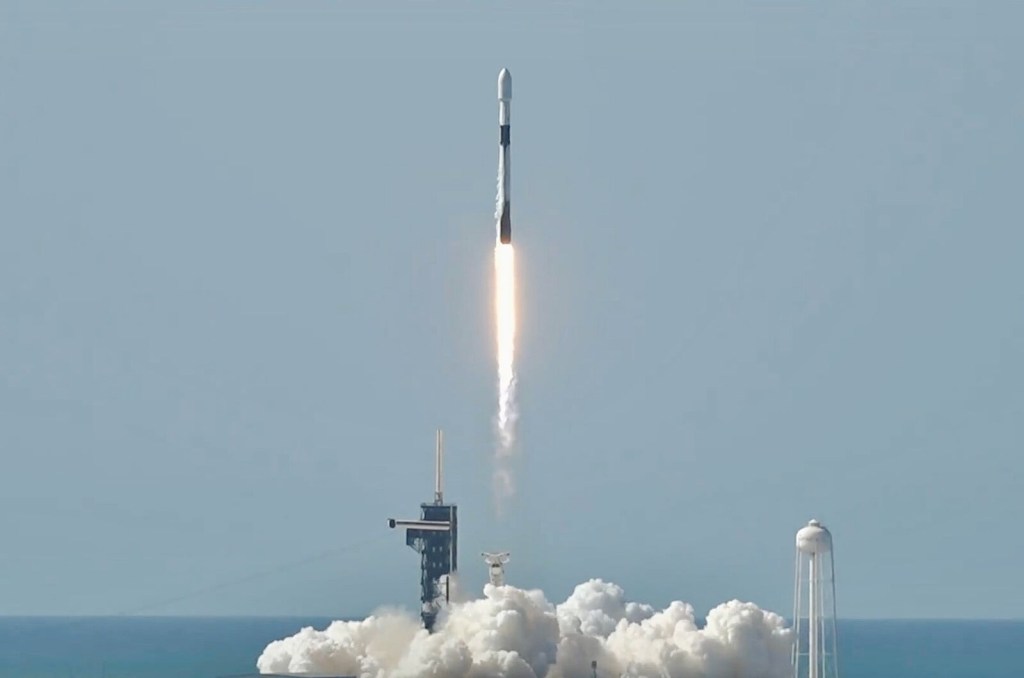
WASHINGTON — In a significant stride for environmental monitoring, a SpaceX Falcon 9 rocket successfully launched a European satellite on July 1. The satellite, equipped with advanced technology, aims to enhance weather data collection and monitor atmospheric pollution, marking a pivotal moment in European space initiatives.
The launch, conducted from Cape Canaveral Space Force Station in Florida, underscores the growing collaboration between SpaceX and European space agencies. The satellite, part of the European Space Agency’s (ESA) ongoing efforts to combat climate change, is expected to provide critical data to improve weather forecasts and track pollution levels across the continent.
Dual Mission: Weather Data and Pollution Monitoring
The satellite’s dual mission is designed to address two pressing global challenges: accurate weather prediction and environmental protection. By collecting comprehensive atmospheric data, the satellite will enable meteorologists to refine weather models, potentially improving the accuracy of forecasts that impact everything from agriculture to disaster preparedness.
Moreover, the satellite’s pollution monitoring capabilities will offer unprecedented insights into air quality, helping to identify pollution sources and assess the effectiveness of environmental policies. This data is crucial for European nations striving to meet their climate goals under international agreements such as the Paris Accord.
Context and Background
The successful launch of this satellite is part of a broader trend towards leveraging space technology for environmental monitoring. Historically, satellites have played a crucial role in gathering data that is otherwise difficult to obtain. The European Space Agency has been at the forefront of this movement, consistently investing in satellite technology to address environmental challenges.
SpaceX’s involvement in this mission highlights the increasing role of private companies in space exploration and technology. The collaboration between SpaceX and ESA is a testament to the effectiveness of public-private partnerships in advancing scientific and technological frontiers.
Expert Opinions and Historical Parallels
According to Dr. Maria Kellen, a leading climate scientist at the European Climate Research Institute, “The data provided by this satellite will be instrumental in understanding the dynamics of our climate system and in formulating strategies to mitigate the impacts of climate change.”
“This launch is reminiscent of the early days of satellite technology when the focus was primarily on weather observation. Today, we see a more integrated approach, combining environmental monitoring with technological innovation,” said Dr. James O’Connor, a space technology historian.
Implications for the Future
The successful deployment of the satellite is expected to have far-reaching implications. By enhancing the accuracy of weather forecasts, the satellite will support sectors such as agriculture, aviation, and disaster management, potentially leading to economic savings and improved public safety.
Furthermore, the pollution data collected will be vital for policymakers and environmental organizations working to reduce emissions and improve air quality. This aligns with the European Union’s Green Deal, which aims to make Europe the first climate-neutral continent by 2050.
As the satellite begins its operations, scientists and policymakers alike will be watching closely to assess its impact and effectiveness. The data collected will not only contribute to scientific understanding but also inform strategic decisions in environmental policy and planning.
Looking ahead, the collaboration between SpaceX and European space agencies may pave the way for future joint missions, further integrating space technology into the global effort to address climate change and environmental challenges.
The successful launch of this satellite represents a significant step forward in the use of space technology for environmental monitoring, offering hope and tools for a more sustainable future.






